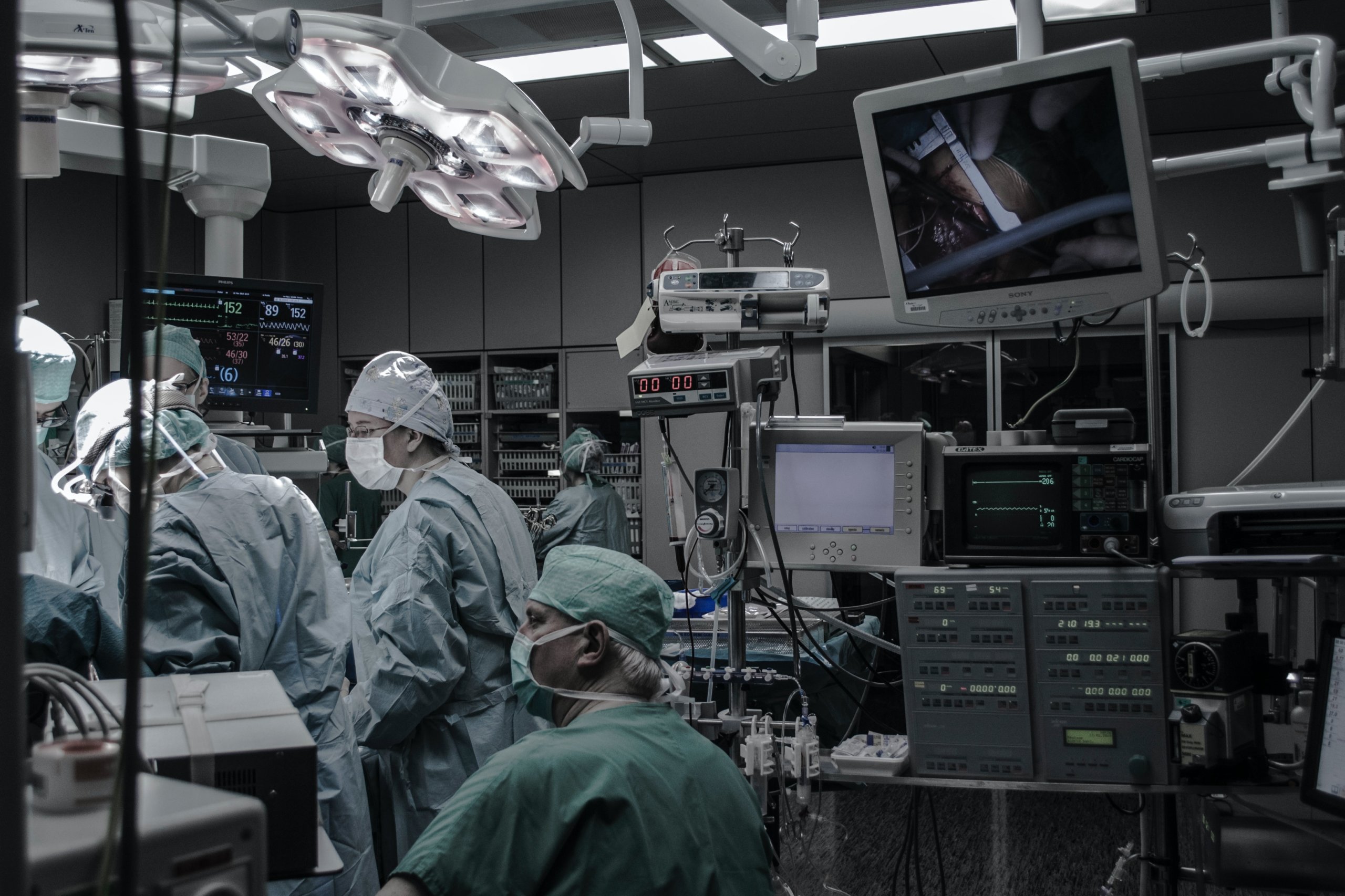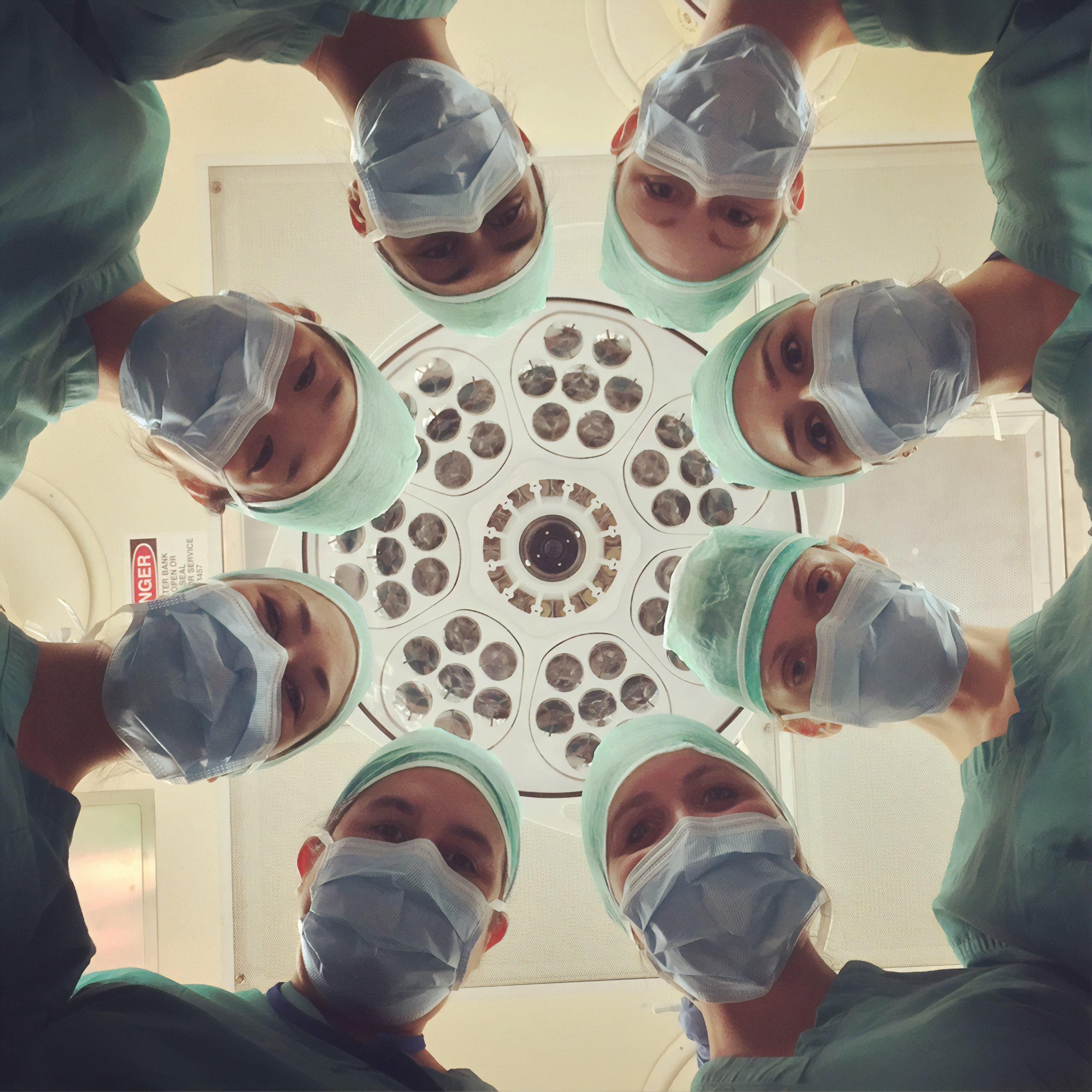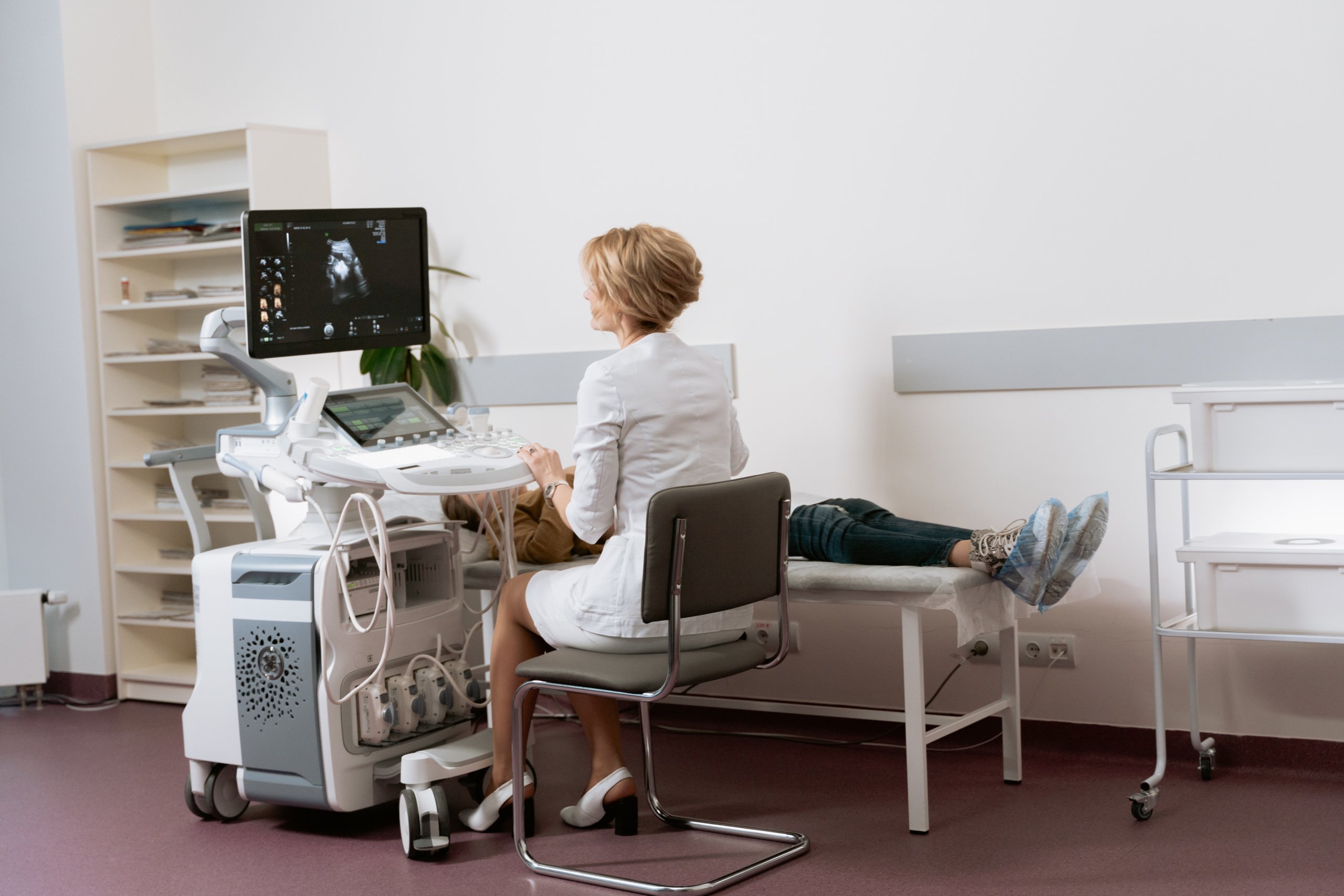 Healthcare is experiencing a digital transformation that will impact patients, providers, insurance companies, and everyone in between. Although the medical field has historically struggled to keep up technologically, it stands to benefit in numerous ways by bringing the latest innovations into its fold.
Healthcare is experiencing a digital transformation that will impact patients, providers, insurance companies, and everyone in between. Although the medical field has historically struggled to keep up technologically, it stands to benefit in numerous ways by bringing the latest innovations into its fold.
In the first entry of our “Healthcare’s Digital Transformation” series, we discussed how on-demand healthcare and virtual reality are already improving patient experiences and healing timelines. In case you missed it, you can read it here.
For our follow-up post, we’ll cover the importance of Big Data, the prevalence of mobile monitoring, and the explosion of wearables.
Big Data in Medicine
Big data can be huge; it aggregates data across a business’s entire operations. It combines the company’s performance from e-commerce, social media, in-store purchases, expenses and travel, and more. From this massive grove of data, analysts work to find trends and patterns to inform decisions in the company; these actionable insights could help save money, time, employee effort, customer searching, and much more.
For healthcare facilities and hospitals, big data is becoming increasingly mandatory for optimized operations. Using data science, medical facilities can provide better preventative care by stopping frequent visitors to the ER and ICU from landing there again. These patients make up 28% of visits, and they can rack up huge medical bills. By creating preventative action plans, providers can help many of these patients save themselves from the health and financial hassle.

Big data can also pinpoint medication errors by analyzing patient records. If there are any inconsistencies between lab results, the patient’s medical history, and prescribed medications, providers can be alerted right away.
We know nurses and hospital staff work long and hard hours. Big data can help facilities better predict patient admission rates to schedule the right amount of staff. For many facilities, this is an easy way to save time and money without straining the current staff or worsening the patients’ experience.
For pharmaceutical and insurance companies, big data is 100% worth the investment, hiring, and training costs. Analysts can quickly find internal issues, weaknesses, and improvements before turning their attention to patients and customers.
Marketing is another area where pharma and insurance companies spend millions of dollars annually; big data can help identify the ideal consumer market without spending more on advertising and marketing costs. A customer persona can be fleshed out with demographics, needs and wants, main platforms in use, and much more.
As a result, for these companies, developing new products and supplies should become easier as the main consumer market becomes more defined.
Easy Mobile Monitoring
Medical information is no longer only under the care of the doctor or his/her office staff, and patients are all the better because of it. When your Fitbit says it’s time to meet the hourly goal for active minutes or steps, we often take the opportunity to step away from the computer for a short walk. When we need to change doctors or dentists, downloading our medical data and sending it to the new office is easier than ever.
With this increased autonomy comes an understanding that our doctor could be checking into our medical data in real-time. For many patients, it’s a plus that their provider is taking some time to check on them without actually reaching out over the phone or email.

Wearables’ Transition from Fitness to Health
The wearables market is forecasted to hit $27 million by 2023. And it’s no wonder why wearables are exploding in popularity and variety. 44% of people say that they feel more in control of their health because of their wearable devices.
Gone are the days when you’d go to the doctor for an annual physical or if something felt really off. Now it’s easier to keep up cardio, healthy eating, daily exercise, water intake, sleep schedules, monitor sweating, blood oxygen levels, female reproductive timelines, and much more with wearables. Preventing a catastrophic medical event and maintaining a healthy lifestyle is more attainable and fun to keep up.
Many non-healthcare companies are giving their employees incentives for using wearables and giving the data to health insurance companies. For these companies, insurance rates decrease over time as employees show better results in maintaining their health and self-care.
Healthcare companies are also investing in wearable technology to predict major health events. For the hefty investment price, healthcare organizations receive many advantages and benefits: patients can receive a personalized healthcare experience and take control of their health; insurance rates decrease for patients across the board; insurance companies can more accurately bill for illness risks; and patients simply have more fun when they can set their own health goals for nutrition, diet, water, sleep, exercise, and more.
Even companies that are not traditionally healthcare-focused are investing in wearables and healthcare technology. A few weeks ago, Google announced that it had reached a deal to acquire San Francisco-headquartered Fitbit for $2.1 billion. Although this deal has raised data privacy issues among other concerns, it marks a strong trend of tech companies heavily investing in healthcare and wearables.
Ultimately, wearables will save everyone who is involved with the healthcare system a lot of money. One report forecasts that developing medical mobile apps and wearables could save U.S. healthcare companies almost $7 billion annually.
A Healthier Tomorrow, Today
With data, wearables, and remote monitoring, healthcare will markedly improve for patients, providers, and even insurance companies. Although it will require ongoing efforts and large amounts of investment from facilities and companies, the healthcare industry will forever be changed by this technological transformation.
Do you wear any wearables or health trackers? What’s your most-used feature and what feature can you live without? Let us know in the comments! And stay tuned for the next part in our “Healthcare’s Digital Transformation” series!
Do you have an idea for a disruptive medical device, but you don’t know where to begin? Dogtown Media is an FDA-compliant developer with extensive experience in bringing health tech innovations to life.
Contact us today for a Free Consultation!





